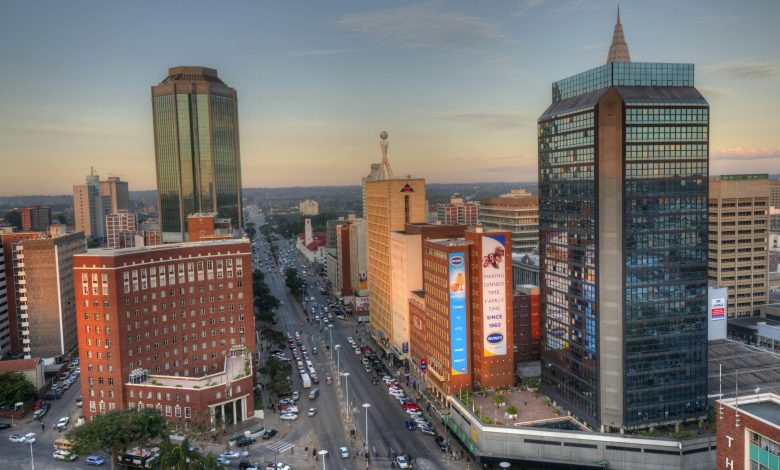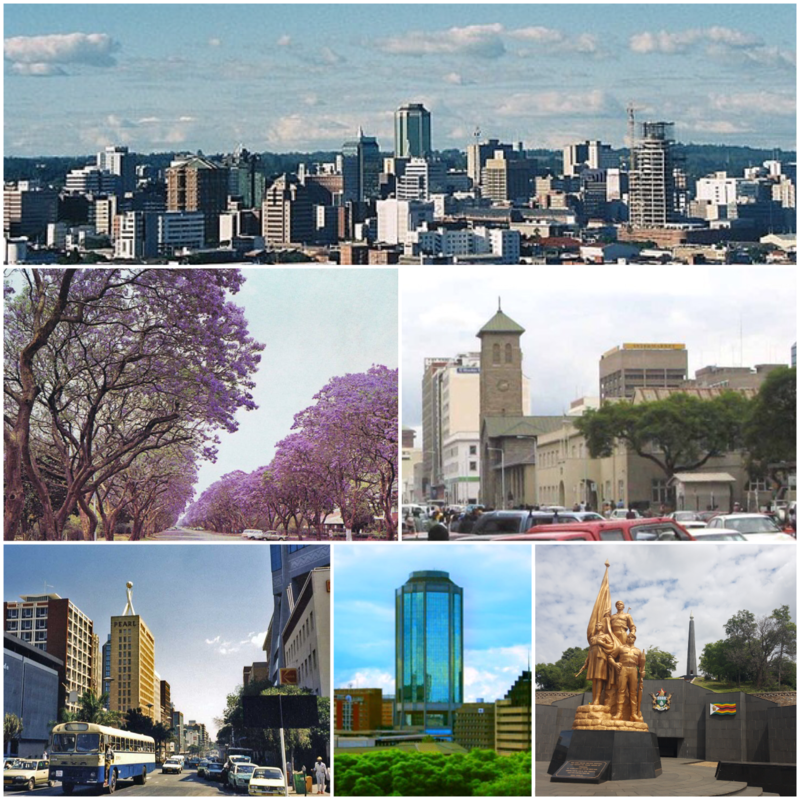Harare

Harare, the vibrant capital of Zimbabwe, is a city of contrasts. It’s a place where modern skyscrapers stand alongside colonial-era architecture, and bustling markets exist within easy reach of serene parks and gardens. Known as the “Sunshine City” for its pleasant climate, Harare offers a blend of urban energy and natural beauty.

| ID |
|---|
| 131443 |
| Name |
| Harare |
| State ID |
| 1958 |
| State Code |
| HA |
| State Name |
| Harare Province |
| Country ID |
| 247 |
| Country Code |
| ZW |
| Country Name |
| Zimbabwe |
| Latitude |
| -17.82772000 |
| Longitude |
| 31.05337000 |
| WikiData ID |
| Q5623288 |